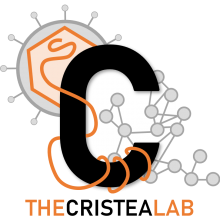A proteomic investigation of drug-induced steatosis in rat liver
Type
A significant problem faced by pharmaceutical companies today is the failure of lead compounds in the later stages of development due to unexpected toxicities. We have used two-dimensional differential in-gel electrophoresis and mass spectrometry to identify a proteomic signature associated with hepatocellular steatosis in rats after dosing with a compound in preclinical development. Liver toxicity was monitored over a 5 day dosing regime using blood biochemical parameter measurements and histopathological analysis. As early as 6 h postdosing, livers showed hepatocellular vacuolation, which increased in extent and severity over the course of the study. Alterations in plasma glucose, alanine aminotransferase, and aspartate aminotransferase were not detected until the third day of dosing and changed in magnitude up to the final day. The proteomic changes were observed at the earliest time point, and many of these could be associated with known toxicological mechanisms involved in liver steatosis. This included up-regulation of pyruvate dehydrogenase, phenylalanine hydroxylase, and 2-oxoisovalerate dehydrogenase, which are involved in acetyl-CoA production, and down-regulation of sulfite oxidase, which could play a role in triglyceride accumulation. In addition, down-regulation of the chaperone-like protein, glucose-regulated protein 78, was consistent with the decreased expression of the secretory proteins serum paraoxonase, serum albumin, and peroxiredoxin IV. The correlation of these protein changes with the clinical and histological data and their occurrence before the onset of the biochemical changes suggest that they could serve as predictive biomarkers of compounds with a propensity to induce liver steatosis.

